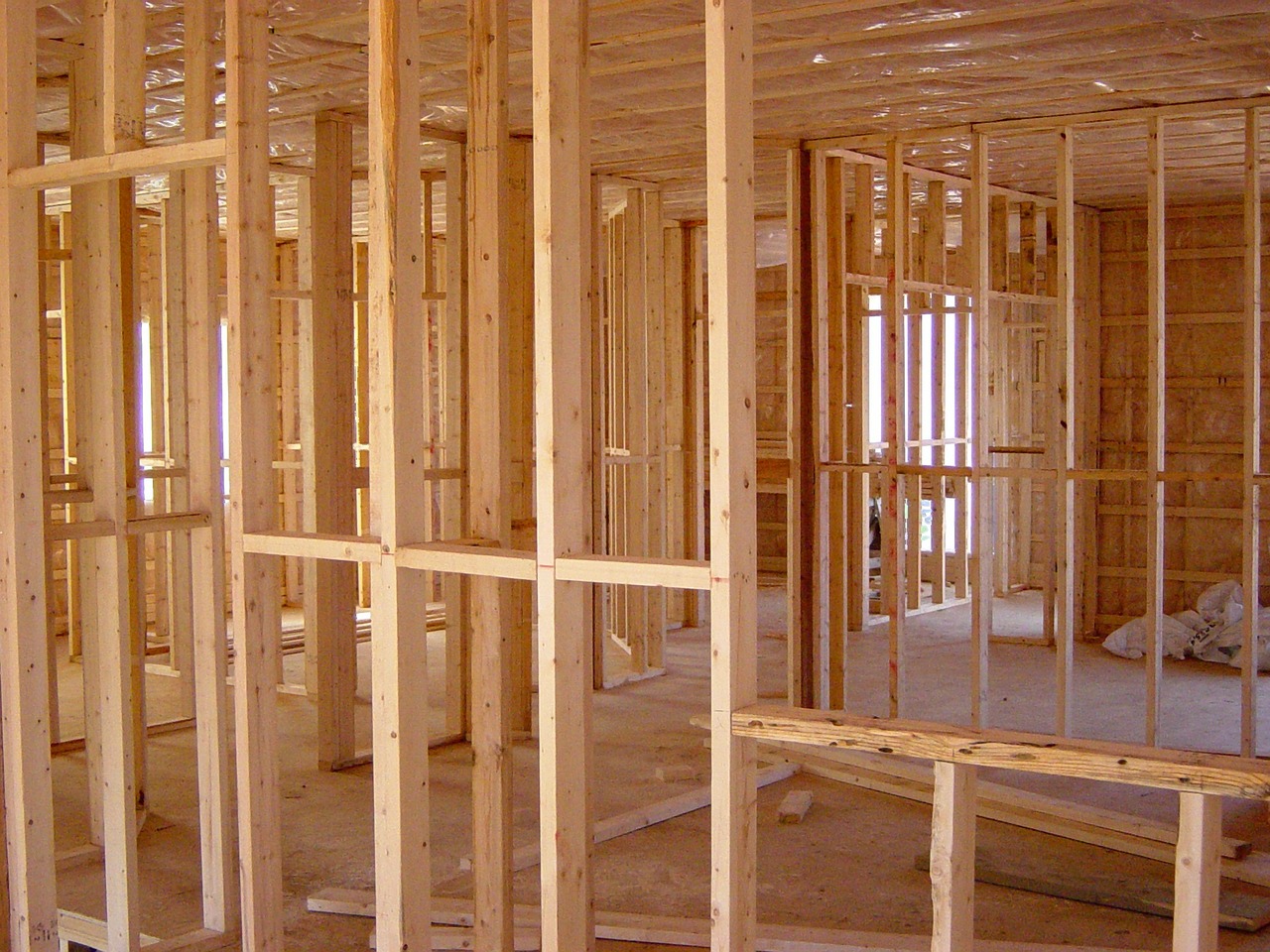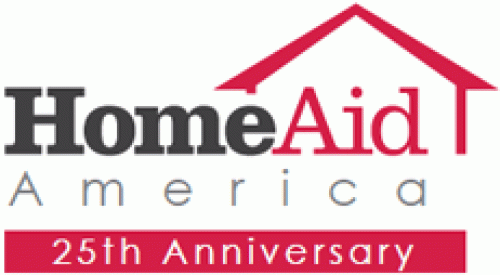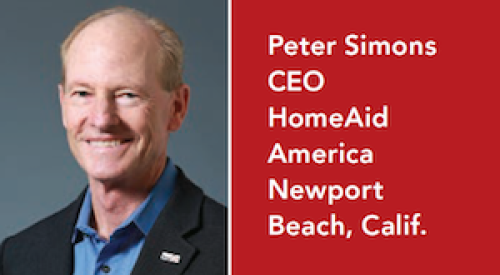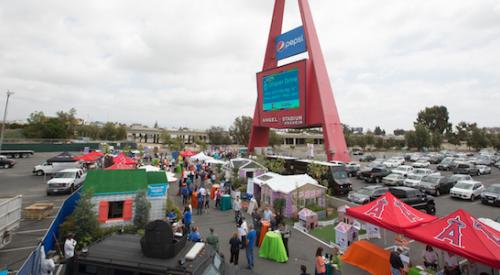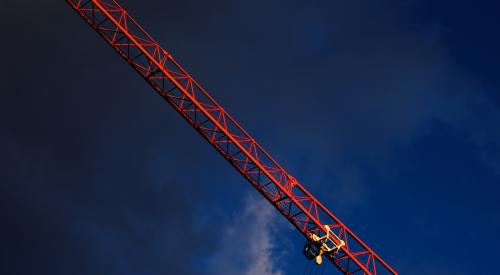Twenty-five years ago, a group of Orange County, Calif., BIA members launched a program to help address the problem of homelessness in their midst. During that first year, the group donated time, money, labor, and materials to the cause and was able to provide an additional 86 beds for existing shelters in Orange County. The next year, they put their considerable business talents to work again and began constructing new shelters. Other chapters of the Building Industry Association of Southern California soon took notice and started programs as well.
Residential Products Online content is now on probuilder.com! Same great products coverage, now all in one place!
Since then, the nonprofit organization known as HomeAid has expanded across the United States to 15 chapters and two regional offices (in Denver and Virginia Beach) in addition to the national office located in Newport Beach, Calif. All told, HomeAid has built or renovated more than 400 shelters, providing more than 7,500 beds nationwide. Together, these shelters have supplied temporary housing for more than 200,000 homeless individuals and families.
Government studies indicate the number of homeless people in the U.S. may be decreasing. But the National Alliance to End Homelessness (NAEH) reports there are still around 3.5 million people homeless at some point every year in America, and more than a million of them are children. NAEH estimates there are about 630,000 people homeless on any given night.
It is also estimated that 80 percent of the homeless are women, children, and families who have experienced some type of adversity, such as divorce, abuse, illness, joblessness, or natural disaster. This group is known as the transitionally homeless and generally needs only temporary assistance to get back on their feet and become self-sufficient. Serving the needs of this group is HomeAid’s primary objective.
How do they do it? HomeAid works with local charities involved in helping the homeless, and it builds the shelter projects and donates them to the charities, which then administer them. These charities not only operate the shelters, but must also provide social services to assist with the transition back to self-sufficiency. To ensure successful follow-through, HomeAid conducts rigorous vetting of the charities and their support services.
In this, its 25th anniversary year, HomeAid can be proud of the work it has accomplished, and so can the builders, trade partners, building supply companies, financial institutions, and community leaders who have devoted so much of their time and efforts to this worthy endeavor. But there is more to be done. If you or your company is interested in working with or learning more about HomeAid, check out its website at homeaid.org. As the organization likes to say, HomeAid also serves builders. It helps them “give back to the community by doing what they do best: build.”
PB Topical Ref
